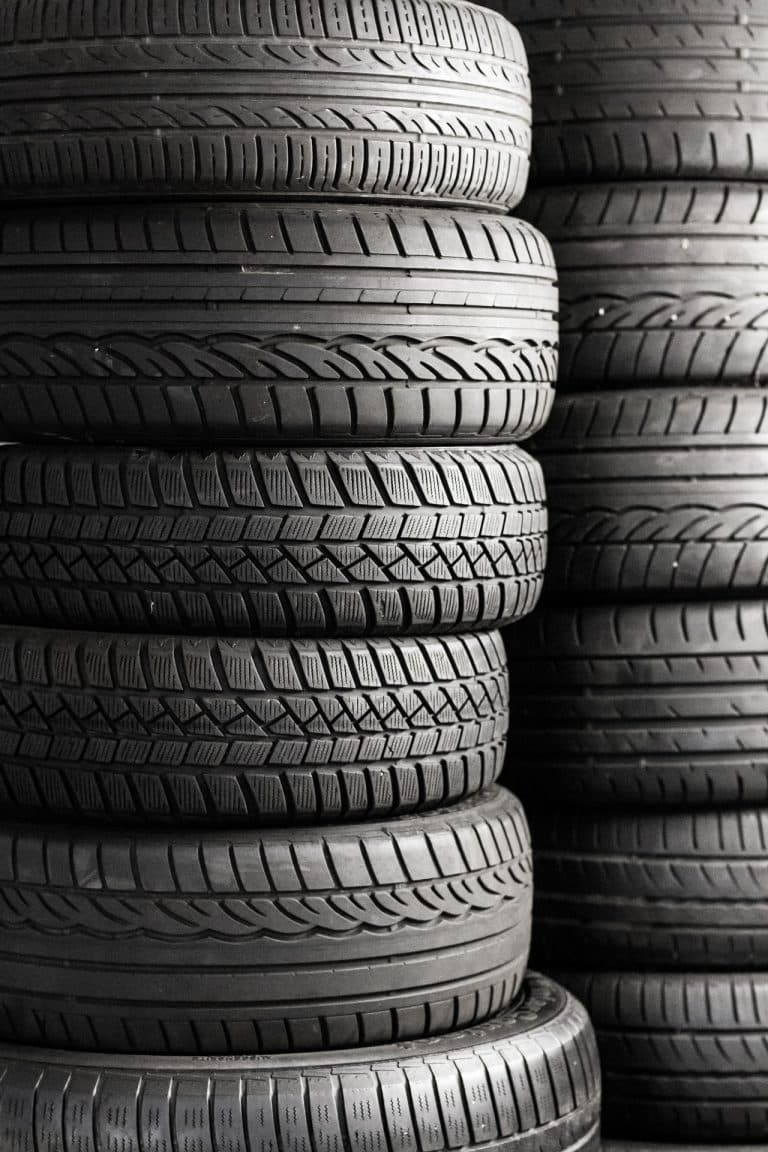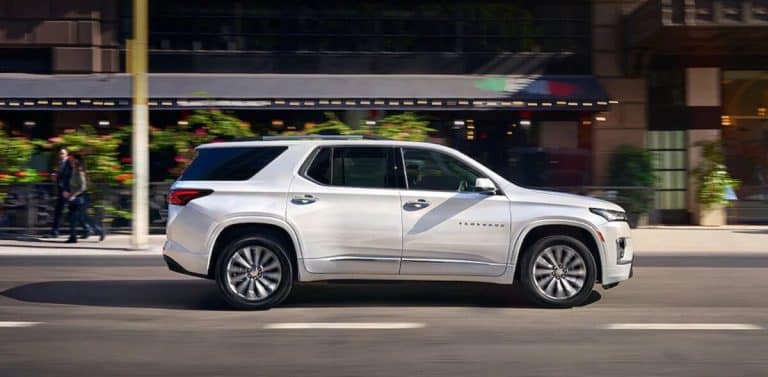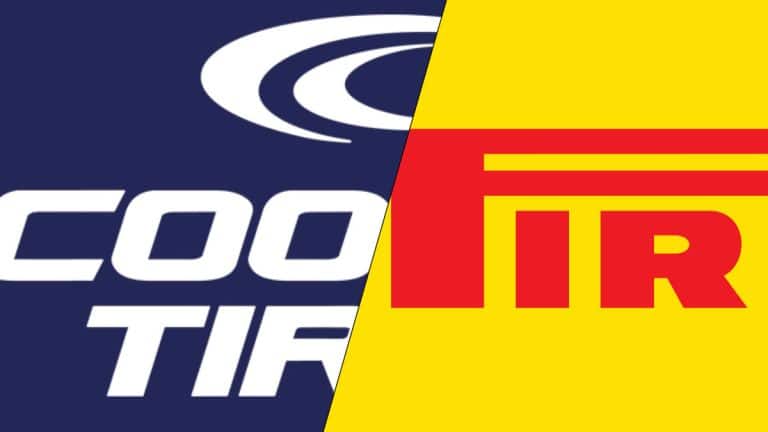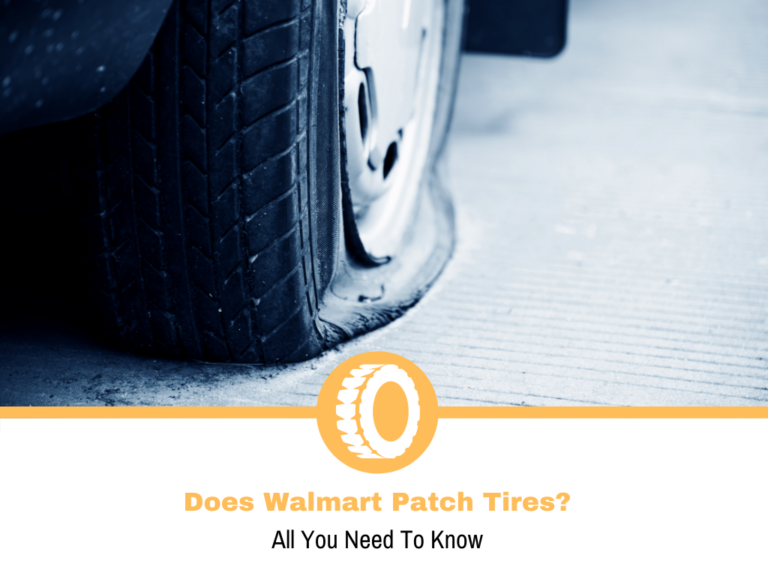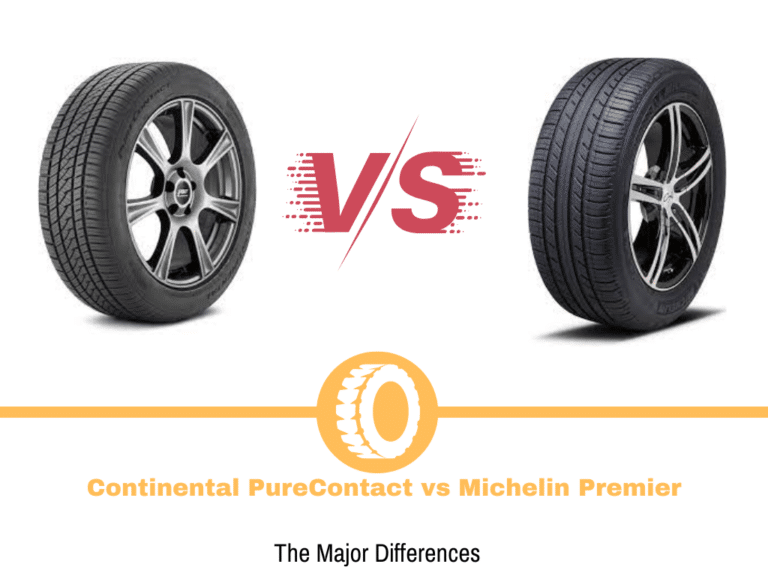Difference Between OE and Aftermarket Tires
Whenever we talk about tires on this site, we look at the ones you need to replace. For example, you got a new car a few years ago and the tires that came with it need to be replaced. The first set of tires is called OE and the ones you’ll replace them with are often referred to as aftermarket.
With every car, when you say aftermarket, you mean something that is made by another company. With tires, things are different, because car manufacturers don’t make tires. Tire manufacturers work with car makers and provide them with the tires they need for each model.
Having all of this in mind raises the question: what is the difference between OR and aftermarket tires? Surprisingly, the difference is much bigger than you think, and today I’ll explain it.
What are OE Tires?
OE or Original Equipment tires are the set that your car came with from the factory. Depending on the models in question, they could be bespoke tires for a specific vehicle, based on existing tires, like with the Rivian. On the other hand, there are regular plain old tires that go on the “normal” cars we see every day. Pirelli makes special tires for the Rivian, but your Maxima may come with a set of Primacy tires you can get at any tire shop.
Car and tire manufacturers work together to choose the best OE tires that would get the most out of the vehicle. For example, an economy hatchback will come with a set of touring tires because the car isn’t intended for performance driving. My friend got a 21 Corolla that had EcoContact 6. I’m not a fan of the noise, but the tire is comfortable enough. A GR86 on the other hand will have the Pilot Sport 4S or the Pilot Sport All Season 4 if you’re after all-season tires.
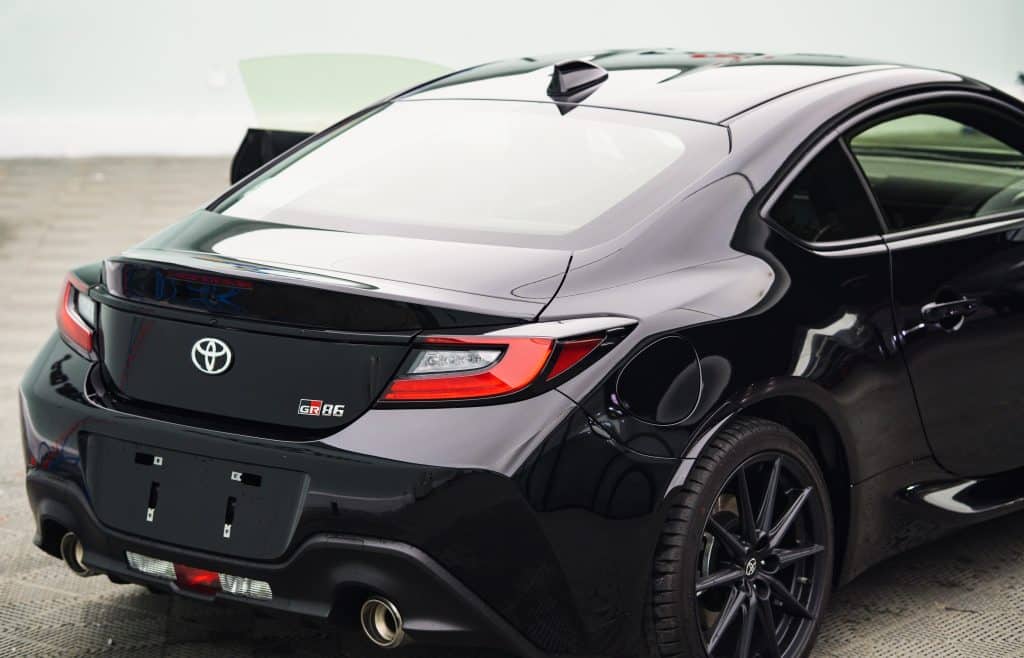
This is where things get confusing. Car manufacturers sometimes offer a variety of options depending on your preference or the trim levels. It’s not the case with all cars, but it’s common enough. You may have the same car with different trim or engine options coming with a different set of tires. Let’s say a 17-inch model may have economy touring tires, while an 18-inch one may have tires with a bit more performance, like a grand touring option.
The type of tires you’ll have on your car when driving away from the dealer will also depend on the location. Going further north where winters are a thing, cars will come with a set of proper winter tires. This isn’t too common, as I’ve seen plenty come with all-season options.
What are Aftermarket Tires?
This is a much simpler explanation. Aftermarket tires are the ones you can get at any tire shop. Every tire we’ve reviewed here is an aftermarket one. When it comes to these kinds of tires, the main thing to note is that you have a wider range of tires to choose from.
You have tons of options to choose from here. With a wide range of manufacturers covering the cheap, mid-range, and premium segments, there is a tire for everyone. Even with older cars, the options are somewhat limited, especially for the 13 and 14-inch models. Despite that, there are a few models available to us that own cars older than us.
What are the Differences Between OE and Aftermarket Tires?
With both types of tires covered, let’s look at the differences between OE and aftermarket tires, starting with the available options. OE tires usually come from several manufacturers, mostly from the premium or mid-range segment. On top of that, there are a handful of models, so the options are limited. With aftermarket wheels, the flexibility is much greater.
When looking at aftermarket tires, the main flexibility is the available options. I’m not 100% sure about the number, but I’m guessing there are well over 100 tire brands on the market, so it’s a lot more than car manufacturers use. If someone has a piece of specific information on this, please let me know.
Then there are the available categories. When going for aftermarket tires, you have the option to choose tires from a different category. My friend’s corolla has the EcoContact 6, but that doesn’t stop him from fitting a UHP tire on the car. He may not get the most out of it, but it will be a stickier tire and he’ll get a more dynamic experience.
On the other hand, my IS250 came with a set of Bridgestone Potenza tires, not sure about the exact model, but I know they were performance oriented. The tires I have now are PremiumContact 6, which is a grand touring option. For my next set, I can go for something even more touring-like tires or get the Pilot Sport Cup 2 on bigger wheels. The options are there, and the flexibility plays in my favor.
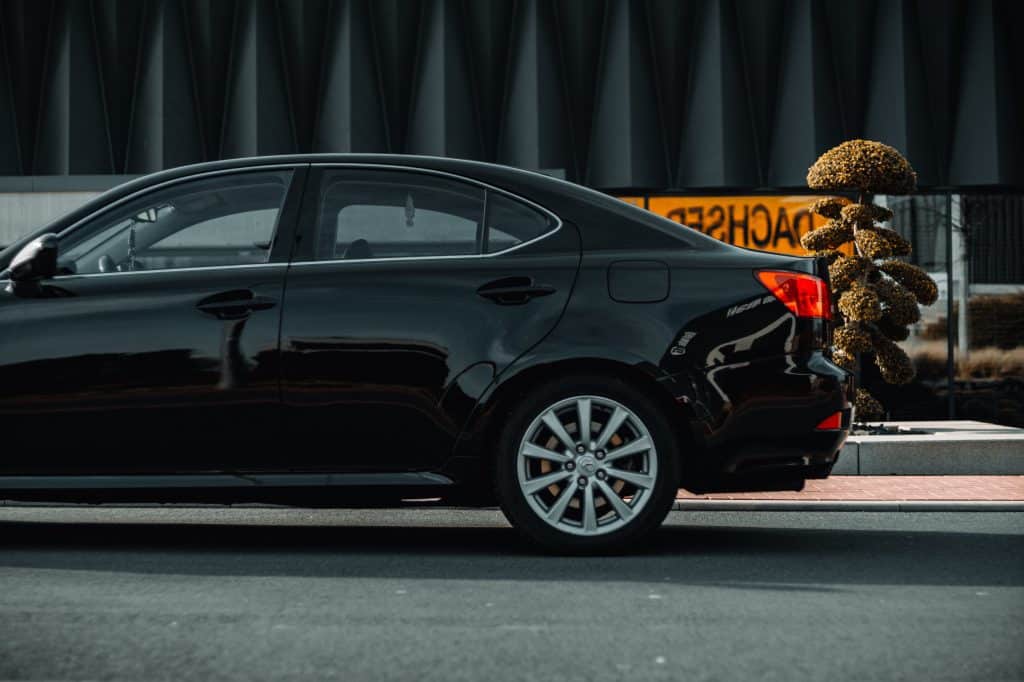
Let’s talk about off-road capable vehicles. Most of them come with road tires, or some all-terrain ones, which are still more for road use. Some people get these vehicles for extreme off-road driving, so the OE tires will be worthless. This is where aftermarket ones come in hand, enabling them to get a set of proper mud-terrain tires.
Finally, let’s talk about longevity, something that’s been plaguing the automotive industry for a long time. The most common question people ask is why OE tires wear faster. I already answered this question, but I’ll give you a quick answer here. There are multiple reasons, and a softer compound is one of them. You can get the same model from a tire shop and you’ll get more life out of them, despite the identical brand and model.
What About Replacement Tires?
In the tire industry, there is something Goodyear calls dedicated replacement tires. In essence, these are still aftermarket tires, with a very similar performance to the OE ones. If I’d go to their website to look at some dedicated tires for my IS250, it would either be a Potenza model, or some which delivers similar performance.
The main thing to know about these replacement tires is that they are still aftermarket ones. Tire shops recommend them so that you don’t get a different driving experience from the one you’re already used to. A performance tire will be grippier than a touring one, so if you do that kind of change, you’ll notice the difference immediately. It’s the same thing if you do a reverse switch from touring to performance. You’ll get higher levels of grip and traction, but the refinement will not be the same.
Can you get OE Tires?
No, OE tires come only with the cars from the factory and you won’t get the same ones from a tire shop. You can get the same model, with the same specifications, but it will still be an aftermarket tire, or a direct replacement, depending on how you want to look at it.
Conclusion
Whenever we talk about something OE with cars, we think of the part that came from the factory. It’s a similar story with tires, with the only difference being that they are made by tire manufacturers. The question many people have is the difference between them and aftermarket tires.
There are plenty of similarities, but there are also plenty of differences. They range from available options to performance, longevity, or price. Anyone that ever purchased a set of tires for their new cars got aftermarket or direct replacement tires. They may be the same model but differ in a few other aspects.
At the end of the day, we’re all getting aftermarket tires because getting OE ones isn’t something we can do. We can get the same model, but it won’t be exactly the same tires as the ones fitted to the car at the factory.

